
I really love cows, but where does this passion come from? Growing up on the farm, you just assume your love of animals comes from spending time with them.Then I learned that this dairy passion is in my DNA
How can you fully explain those moments you share with the cows. I don’t know where my passion for cows came from. I thought, at times, that it was just because I was around cows a lot – but could it be something deeper.
My dad has the same passion for cows. He spent his whole life working on his father’s farm and continuing on his legacy. My dad is a real cow man. He can tell if a cows not feeling well quite easily. He knows how to read their body language. It’s like they speak clearly to him. I know my dad has a passion for these animals because he rarely leaves our farm. The cows are part of his family. His calm and gentle demeanor with the cows earns their respect. Strangely, my dad’s passion for cows is not a family anomaly because my grandpa was another great cow man. He emigrated from the Netherlands and started farming in California in the 1950s. I recon back to those times I spent on the farm with him, remembering back to the times I seen him working with the cows. He too knew the ins and outs of handling animals and wielded a superpower of deep instinctual knowing. And he used his talent to start our family’s farm here in California.
Deep Roots co-existing with Cows
On my blog, I call myself a 3rd generation California dairyman, but really our family history goes much deeper in the dairy world. Apparently, my forefathers shared the same passion for cows being dairy farmers in the Netherlands. We’ve been able to document our family’s passion for cows in the Netherlands as far back as 1520.
Our family passion for Cows can be documented back to 1520s in the Netherlands
The Dutch have a strong tradition of dairy in their country and tending cattle seems to be a cultural obsession. The pastoral climate of the Netherlands made it an ideal place for milking cows. Their coexistence with dairy cows led them to be great herdsmen and they developed some of the best dairy cattle in the world. The most notable dairy breed, the black and white Holstein cow, originated in the Netherlands. They also invented many types of cheese including Gouda and Edam. In fact, their great affinity for milk and dairy products has made them one of the tallest countries in the world. Dairy is at the very foundations of that country.
Dairy Passion in my DNA
But little did I know that my family has been coexisting with cattle for millennia. My family has shared a symbiotic relationship with cattle since the time of their domestication.
Little did I know that my family has been coexisting with cattle for millennia
We DNA test our cows so I thought why aren’t we DNA testing ourselves. 23andMe is a DNA test that you can do to trace your roots. The test allows you to trace which part of the world your DNA originates. It also allows you to trace your Y-chromosome (If you’re male) and your X-chromosome from your mother. The details of your chromosomes leave a trail that your ancestors traversed.
My Y-chromosome, which is passed father to son, revealed that I was part of the R1b haplogroup. Interestingly it is speculated that the R1b haplogroup was one of the first populations responsible for domesticating cattle in northern Mesopotamia some 10,500 years ago.
The R1b haplogroup was one of the first populations responsible for domesticating cattle in northern Mesopotamia some 10,500 years ago.
Back then cattle were called aurochs. These were wild cattle like the buffalo in North America and the people are thought to have lived alongside wild herds. Domestication of the aurochs began in the southern Caucasus and northern Mesopotamia from about the sixth millennium BC. Domestication came from only 80 cows. (Source) The aurochs would have been challenging to domesticate because they were unruly and much larger than the cows of today. Julian Caesar commented in his day that they were almost as large as elephants. It is speculated that the wild Auroch reached 3,300 lbs.
“These are a little below the elephant in size… But not even when taken very young can they be rendered familiar to men and tamed” – Julian Caesar
It is thought that R1b tribes were hunters 12,000 years ago but managed to domesticate auroch herds in Northern Mesopotamia to secure a more stable food source. Earliest evidence of cattle domestication dates from circa 8,500 BC is found in the Pre-Pottery Neolithic cultures in the Taurus Mountains of Turkey. This area of the Northern Mesopotamia is presumably the area from which R1b lineages started expanding and is the “original homeland” of R1b (the birthplace of cattle culture).
The migratory spread of R1b
The migration of these herding R1b people can be followed archeologically through the presence of domesticated cattle. Cattle culture and R1b Y-chromosome mutated and branched in 3 different factions from the original homeland – one stayed in Anatolia, one branched south to Egypt and North Africa (R1b-V88), and the other crossed the Caucasus Mountains to greener pastures migrating towards Europe (R1b-269). These people spread dairy culture throughout the world. Remnants of dairy culture litter these migratory paths:
Most people don’t realize the rich history that Egypt and Northern Africa (even other parts of Africa) had with dairy cattle, but there is evidence everywhere.
- Domesticated cattle appear in central Syria around 8,000-7,500 BCE
- Cattle culture in Southern Levant and Egypt around 7,000-6,500 BCE
- Evidence of cow herding has shown up at Uan Muhuggiag in central Libya around 5,500 BCE
- Capeletti Cave in northern Algeria around 4,500 BCE
- Compelling evidence of R1b people in southern Algeria can be found at a site famous pyroglyphs (rock art) dating from the Neolithic era. Some painting dating from around 3,000 BCE depict fair-skinned and blond or auburn haired women riding on cows
European R1b path
Obviously, my Y-chromosome could be traced back to the Rb1-269 group which migrated to Europe. Interestingly these people supplanted local populations probably because of the many advantages cattle culture yielded and spread dairy culture to those cultures around them.
The Proto-Italo-Celto-Germanic R1b people had reached in what is now Germany by 2,500 BCE. And those first R1b Indo-Europeans reached France and the Low Countries by 2,200 BCE. Today, the R1b Y-chromosome is the most common haplogroup in Western Europe. The countries with the highest R1b Y-chromosome concentrations are still some of the strongest dairy consumers of milk and dairy products.
With the 23andMe results, you can trace your Y-chromosome down to a point and trace its lineage back to the source based on the various mutations points that occurred. It’s like traveling back to the birthplace of your family tree. The path revealed the path of my Y-chromosome and confirmed that indeed, my ancestors were part of the first people to domesticate cattle and were part of those people that brought dairy culture to Western Europe and the Netherlands where they settled. Apparently, my family ancestors have shared a symbiotic relationship with cows for many generations.
And so while I thought my love of dairy was because of being raised on a farm, it was breath taking to discover that things run much deeper. Not only am I following the same path as my dad and grandpa, but I’m literally walking a similar path to all those other men in our family history. It’s satisfying to learn that I am not alone in my life’s journey, but many others in our family have experienced and shared those same unexplainable, simple joys of working with cattle. Those men who actually walked side by side cows throughout the ages.
The spread of R1b through Europe and the different Y-Chromosome mutation points- my Y-chromosome traces along this path from M269 to Western Europe in the L21 Holland area
The spread of dairy according to archeologists, note the similar path (Source)
Sources:
http://www.eupedia.com/europe/Haplogroup_R1b_Y-DNA.shtml#Neolithic
http://www.nature.com/news/archaeology-the-milk-revolution-1.13471
http://io9.gizmodo.com/5897169/dna-reveals-that-cows-were-almost-impossible-to-domesticate

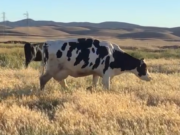
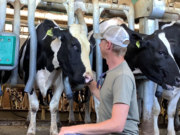
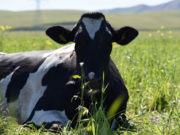
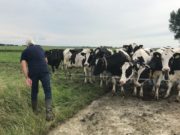


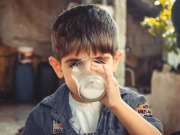
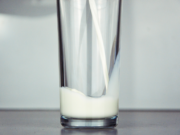
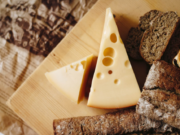
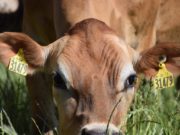
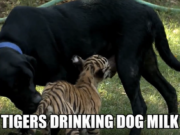
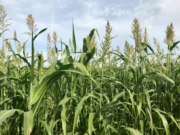
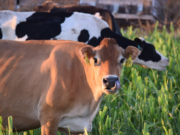
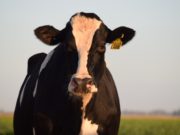
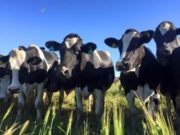






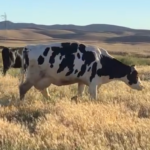
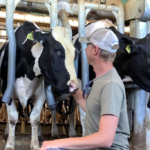
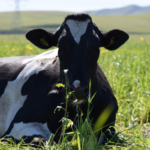


Thanks for sharing your story! Deep exploration of your roots helped you to understand yourself better. It’s very inspiring!